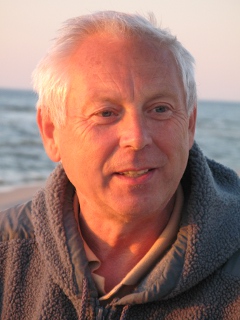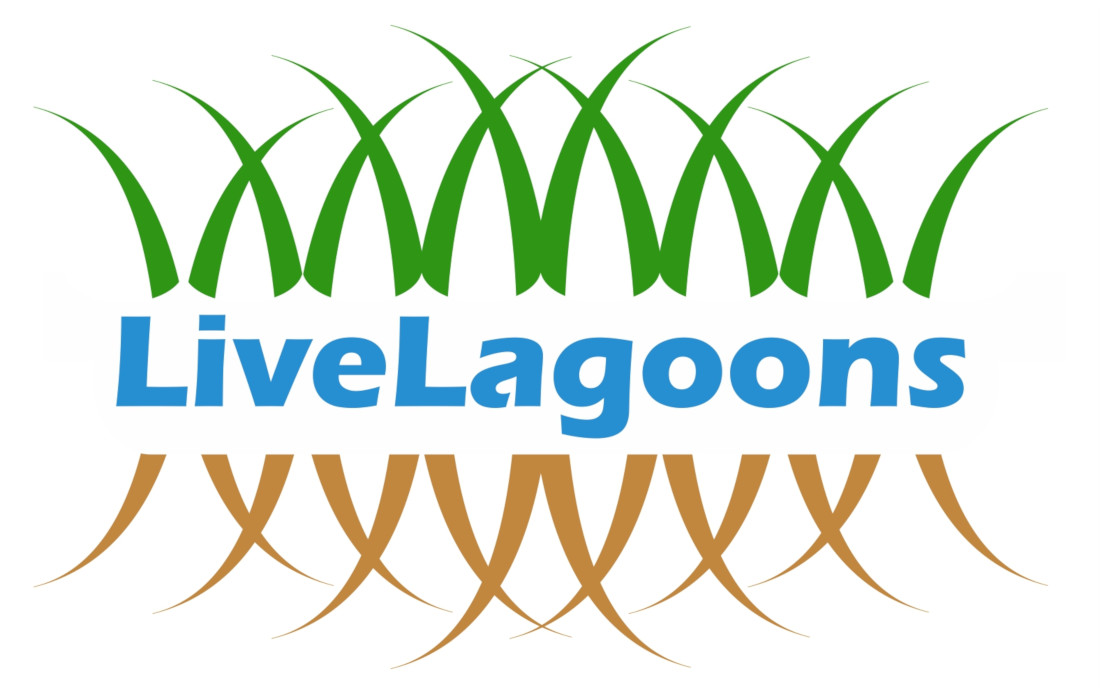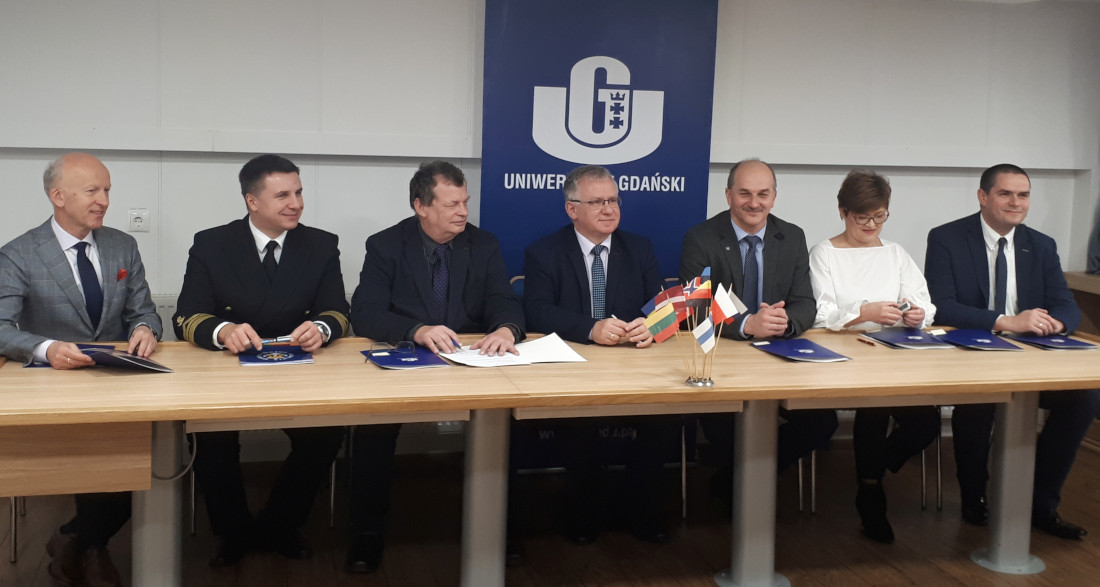Seminarium Wintertime River Dynamics in Cold Regions; Water Wave Mechanics
Michał Wilde archiwalne
W imieniu dra hab. inż. Tomasza Kolerskiego z Katedry Hydrotechniki Wydziału Inżynierii Lądowej i Środowiska Politechniki Gdańskiej zapraszamy na seminarium profesora Hung Tao Shen z Uniwersytetu Clarkson w stanie Nowy Jork pt.:
WINTERTIME RIVER DYNAMICS IN COLD REGIONS
(15 i 22 pażdziernika 2018, 9:15-14:00)
oraz na seminarium profesorki Hayley Shen z Unierstytetu Clarkson w stanie Nowy Jork pt.:
WATER WAVE MECHANICS
(16 i 23 pażdziernika 2018, 9:15-14:00)
Seminaria będą przeprowadzone w Sali Rady Wydziału Inżynierii Środowiska, (sala 155) w Gmachu Głównym Politechniki Gdańskiej.
Uprzejmie prosimy o kierowanie wszelkich pytań w sprawie seminarium na adres: tomasz.kolerski@pg.edu.pl
Seminarium profesora Hung Tao Shen
WINTERTIME RIVER DYNAMICS IN COLD REGIONS
HUNG TAO SHEN
Department of Civil and Environmental Engineering
Clarkson University, USA
htshen@clarkson.edu
ABSTRACT
The presence of ice in rivers is an important phenomenon to be considered in the development of water resources in cold regions. In regions with severe winter conditions, the river regime experiences dramatic changes compared to open water conditions. Ice formation can affect the design, operation, and maintenance of water resources engineering facilities in cold regions. Major engineering concerns related to river ice include ice jam flooding, hydropower operation, inland navigation, and water transfer.
River ice phenomena involve complex interactions between hydrodynamic, mechanical, and thermal processes, as well as the ambient hydro-meteorological conditions and channel morphology. This presentation will discuss the current state of knowledge on river ice processes from freeze up to breakup, including the formation, evolution, transport, accumulation, growth, deterioration, and dissipation of various forms of ice. Many river ice phenomena can be linked to transport processes, which encompassing the entire winter ice season through different stages of the river ice evolution from freeze up to breakup. An analytical framework based on the concept of thermal and ice transport, which links all the ice processes, can provide a consistent formulation for mathematically modeling the river ice phenomena at different stages and through the winter. This analytical framework will be discussed along with theories on major river ice processes, including the transport and evolution of thermal energy and frazil ice, the formation of anchor ice on channel bed, the dynamics of surface ice transport and the associated surface ice jams formation, and the transport and accumulation of frazil granules on the underside of the ice cover and the associated frazil jam (hanging dams). In alluvial channels, the presence of river ice can cause major changes on sediment transport and channel morphology. Recent development on sediment transport with ice conditions is presented. The formation of river ice can also have significant environmental and ecological implications on the rivers. Very little is known about this aspect, although its significance has been recognized. Issues related to this will be discussed.
Hung Tao Shen jest od 1983 profesorem na Wydziale Inżynierii Lądowej i Środowiska Uniwersytetu Clarkson w stanie Nowy Jork, gdzie pełnił funkcję dziekana w latach 2010-2012, Swoje zainteresowania naukowe związał głównie z modelowaniem matematycznym zjawisk lodowych na rzekach. Jest autorem i współautorem 75 publikacji w czasopismach recenzowanych i ponad 160 artykułów konferencyjnych, które są szeroko rozpoznawane w środowisku naukowym (index Hirsha 18). Jego badania naukowe zostały uhonorowane licznymi nagrodami w tym:
Ice Research and Engineering Award, IAHR, 2008 Hunter Rouse Hydraulic Engineering Award and Lecture, ASCE, 2007 R. Larry Gerard Medal, Canadian Geophysical Union, Hydrology Section - CRIPE, 2001 & 2015 Harold R. Peyton Award for Cold Regions Engineering, ASCE, 2000 CAN-AM Civil Engineering Amity Award, ASCE, 2000
Seminarium profesorki Hung Tao Shen rozpocznie się wykładem:
SEA ICE
Hayley Shen, Research Professor
Department of Civil and Environmental Engineering
Clarkson University, USA
ABSTRACT
Sea ice covers roughly 7% of world's surface and 10% of ocean surface. They exist mostly in the polar regions far from human population. However, their impact on natural and anthropological systems is immense. Just imagine how the world will be when we have a totally ice-free Arctic in the foreseeable future. In this talk, I will give a one-person's account of how a researcher begins to study sea ice. Although only on a very specific and small part of this fascinating topic, the range of activities involved in this research shows how important it is to synthesize many tools, develop new skills, and collaborate with minds and thoughts from different perspectives, to understand and to work with the nature.
Hayley Shen jest od 1992 r. profesorem na Wydziale Inżynierii Lądowej i Środowiska Uniwersytetu Clarkson w stanie Nowy Jork. Swoje zainteresowania naukowe związała głównie z modelowaniem ośrodków rozdrobnionych oraz dynamiką lodu morskiego. Jest autorem i współautorem 5 książek, 81 publikacji w czasopismach recenzowanych i wielu artykułów konferencyjnych, które są szeroko rozpoznawane w środowisku naukowym (index Hirsha 18). Jego badania naukowe zostały uhonorowane licznymi nagrodami w tym:
Fellow, Engineering Mechanics Institute, ASCE, 2013 Kirstin Craig Memorial Faculty Award, 2004 Outstanding Advisors, Clarkson University Phalanx Award, 2001 Million Dollar Club of Clarkson University Research Accomplishment, 2001 Japan Science and Technology Agency Fellow, Hokkaido University, 1999 Albert D. Merrill Faculty Prize, Clarkson University, 1995 William Evans Fellow, Otago University, New Zealand, 1994 Walter L. Huber Civil Engineering Research Prize, ASCE, 1991 ASCE/Engineering Foundation Research Institute Award, 1984
Załączniki:




 Na zdjęciu od lewej: dr hab. inż. Waldemar Świdziński (IBW PAN), dr hab. inż. Adam Olejnik (AMW), dr hab. inż. Marek Dzida (PG), prof. dr hab. Krzysztof Bielawski (UG), dr Emil Kuzebski (MIR), mgr Danuta Szkutnik (IO PAN), dr hab. Dariusz Wielgomas (GUM).
Na zdjęciu od lewej: dr hab. inż. Waldemar Świdziński (IBW PAN), dr hab. inż. Adam Olejnik (AMW), dr hab. inż. Marek Dzida (PG), prof. dr hab. Krzysztof Bielawski (UG), dr Emil Kuzebski (MIR), mgr Danuta Szkutnik (IO PAN), dr hab. Dariusz Wielgomas (GUM). Sygnatariusze porozumienia (od lewej strony): rektor Uniwersytetu Gdańskiego prof. Jerzy Gwizdała, rektor Politechniki Gdańskiej prof. Jacek Namieśnik, dyrektor Instytutu Budownictwa Wodnego PAN prof. Waldemar Świdziński.
Sygnatariusze porozumienia (od lewej strony): rektor Uniwersytetu Gdańskiego prof. Jerzy Gwizdała, rektor Politechniki Gdańskiej prof. Jacek Namieśnik, dyrektor Instytutu Budownictwa Wodnego PAN prof. Waldemar Świdziński.